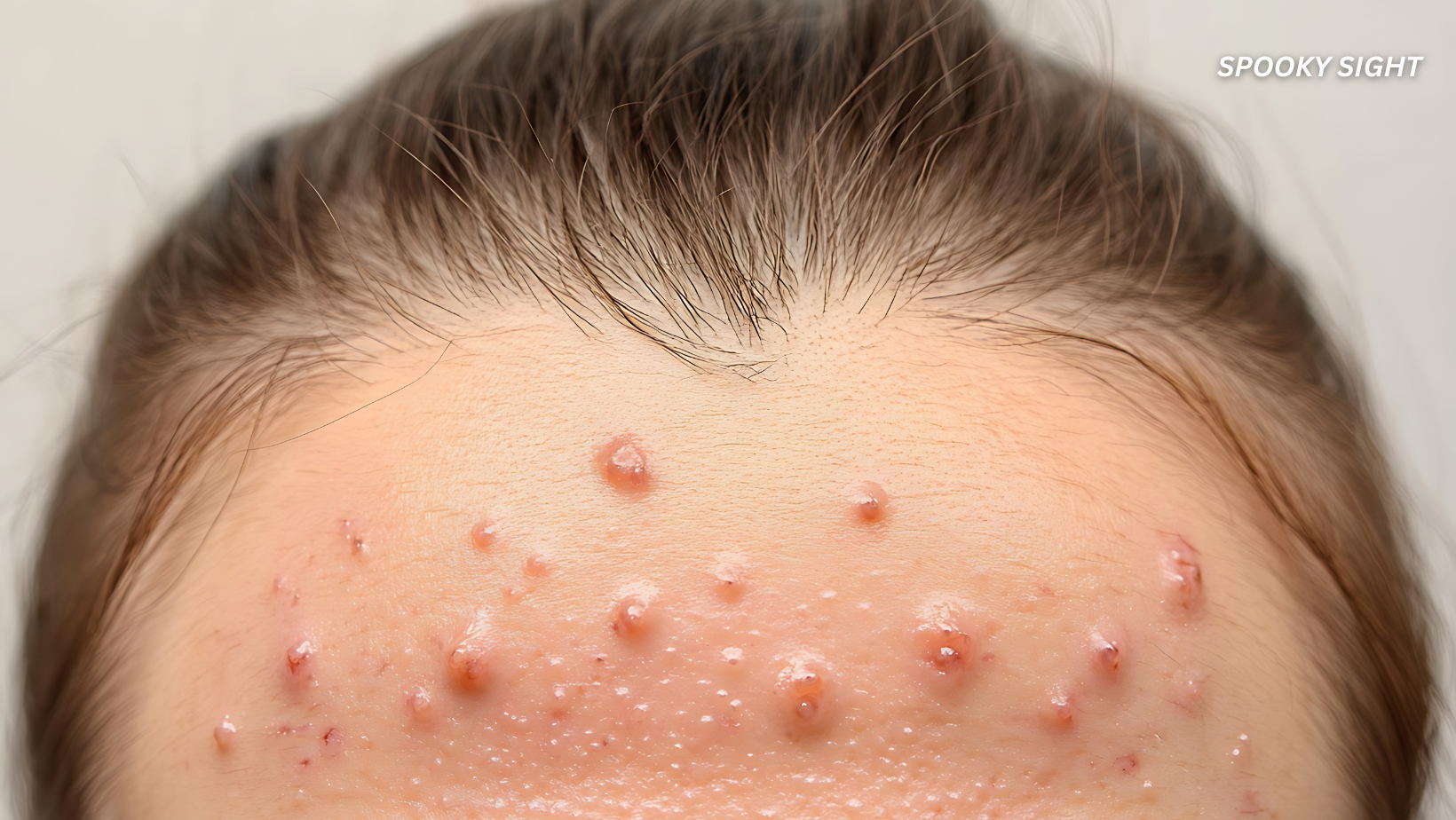Most of us think of exercise as something we do for our bodies—to lose weight, strengthen our muscles, or boost our energy. But it turns out that breaking a sweat could also help us break free from painful memories. In recent studies, scientists have discovered a fascinating link between physical activity and the brain’s ability to “quiet down” traumatic or addictive thoughts.
Yes, you read that right. Jogging, biking, or even just taking a brisk walk might help the brain rewire itself to feel less haunted by fear or craving. It’s like your brain is hitting the refresh button—and all because you moved your body.
Let’s unpack the science behind this mind-body connection in a way that feels a little less like a lab report and a little more like a conversation.
The Brain’s Refresh Button: What Is Neurogenesis?
At the center of this discovery is a brainy process called neurogenesis—the birth of new neurons. Most of this happens in a region of the brain called the hippocampus, which is deeply involved in learning, memory, and emotional regulation.
For years, scientists believed we were born with a fixed number of brain cells, and once those died off, they were gone for good. But newer research has completely rewritten that idea. The brain, it turns out, is surprisingly flexible—even as we age. Under the right conditions, like regular physical activity, it can sprout new neurons like a garden growing fresh shoots.
And these new brain cells don’t just sit there. They actually integrate into memory circuits and can help rewire emotional responses.
Mice, Memory, and Movement
In a study led by researchers at Kyushu University and the University of Toronto, scientists ran a series of experiments on mice to understand how new neurons affect memory—especially memories tied to trauma or addiction.
- In one experiment, mice were given mild electric shocks in a specific environment. Unsurprisingly, the mice learned to fear that environment—similar to how a person might develop anxiety after experiencing trauma.
- Then, some of the mice were given running wheels—essentially little gyms for rodents. After a few weeks of running, the mice that exercised showed far fewer signs of anxiety when placed back in the shock-associated space.
The difference? Their brains had grown new neurons in the hippocampus. These fresh brain cells seemed to soften the fear-based memories, making the mice less reactive and more resilient.
Read more: The AI Industry Has a Massive Problem: The Smarter AI Gets, the More It Is Hallucinating
From Fear to Craving: Exercise vs. Addiction
The researchers didn’t stop at fear. They also tested addiction-related memory.
In a separate experiment, mice were given cocaine in a specific location. Normally, once that association is formed, they keep returning to that place, even when the drug is no longer available—a behavior scientists compare to addiction cravings.
But when these same mice were encouraged to grow new neurons—through running or lab-based genetic stimulation—their attachment to the drug-related space faded. They literally stopped going back.
This finding suggests that forming new neurons helps break the mental connection between environment and reward—something that’s notoriously hard to shake in humans dealing with addiction.
Exercise Outperforms Genetic Tweaks
Interestingly, while scientists also used genetic methods to artificially boost neuron production, those methods didn’t work as well as simple physical activity. The natural process of movement seemed to trigger a more holistic brain response.
This supports what other studies have hinted at: that exercise may be one of the most powerful, natural antidepressants and anti-anxiety treatments we have—and it doesn’t come in a pill bottle.
Read more: Scientists: 3 Days of Silence Is Enough to Rewire Your Brain
This Isn’t Just a Mouse Thing
Although this particular study was done on mice, it connects with a growing body of human research.
For instance, a 2014 study published in Frontiers in Psychology showed that people who exercised regularly had better memory and lower levels of stress. Another 2018 study found that adults who walked or cycled for 30 minutes a day showed less activity in the brain’s fear centers when shown disturbing images.
And then there’s the field of trauma therapy, where approaches like EMDR (Eye Movement Desensitization and Reprocessing) and Somatic Experiencing rely heavily on the idea that body movement and sensory awareness can help untangle painful emotional memories. These therapies don’t just talk about trauma—they work with it physically. The fact that exercise could naturally support this healing process makes it all the more exciting.
Why This Matters in Real Life
Let’s be real: trauma and addiction are deeply complex. They don’t go away with a jog around the block. But what this research suggests is that exercise might give the brain a helping hand—a sort of biological reset that makes it easier to process, manage, or even forget the emotional weight of certain experiences.
It’s not just about sweating out the stress. It’s about changing how your brain stores and recalls the story behind it.
That might explain why many people say they think more clearly or feel more grounded after a run or a dance class. It’s not just a mood lift—it’s a brain upgrade.
Quirky Thought: Is Your Treadmill a Memory Editor?
Maybe it’s not so strange to think of the gym or a hiking trail as a kind of mental clean-up zone. Every step you take might be helping your brain reshape the past—softening the edges of memories that no longer serve you, and carving out space for new, healthier ones.
In a world where many people are searching for ways to heal emotionally—whether from past trauma, loss, or addiction—this research is a gentle reminder that one of the tools we’ve been looking for might already be under our noses (or, more accurately, under our sneakers).
🧠 Final Thought:
The human brain is a remarkable, ever-changing organ—one that isn’t set in stone but instead constantly reshapes itself in response to our daily experiences. And among the most powerful influences on this mental remodeling? Movement.
Think of it this way: every time you go for a run, do some yoga, dance in your living room, or even just walk the dog, you’re not just helping your muscles or burning calories—you’re helping your brain reorganize itself. You’re giving it raw materials to grow new brain cells. You’re clearing out mental cobwebs. You’re, quite literally, making room for healing.
In the context of trauma and addiction, where painful memories can loop endlessly like a stuck record, that’s no small thing. These aren’t just psychological scars—they’re physical patterns embedded in the brain. And what this research suggests is that we might have more influence over those patterns than we once believed.
That doesn’t mean exercise is a magic cure. Healing, especially from deep emotional wounds, takes time, support, and often professional guidance. But physical movement could act as an ally in that journey—a quiet, dependable one that walks beside us (or runs, or stretches) as we try to move forward.
In a world where so many are seeking relief—from anxiety, from addiction, from grief—there’s something beautifully simple and empowering about the idea that healing doesn’t always have to come in the form of medication, therapy sessions, or elaborate interventions. Sometimes, it can begin with something as ordinary as lacing up your shoes and stepping outside.\
Featured image: Freepik.









